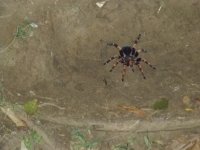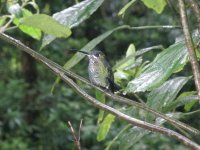Great summary and good timing to post it.
A few years back after a period when Henry had been posting about the qualities of his FL 8x56 I made a point of trying them out at Bird Fair and there was something about the view that was so nice but I couldn't put my finger on just what this quality was. I picked them up 3-4 times over the Bird Fair weekend and the only thing that kept on suggesting itself was the photographic concept of bokeh or texture.
So I would like to pose the question: do large aperture binos above a certain minimum optical quality have a 'texture' to the view that is more visually pleasing than binos with smaller objectives?
Lee
BOKEH is at times the term I'm "focused on" in photographic composition. IMO, to obtain the most pleasing and satisfying bokeh you need two main ingredients...a large f-stop aperture and really good SLR lenses!
With binoculars, most of us want to See not only a very in-focused sharp and clear POI, but also "as deep" an in-focus foreground and background DOF. Birding virtually demands it, general terrestrial viewing, not so much.
I've glassed with some 8X and 10X optics whose on-axis and DOF looked real nice, but the foreground\background OOF fields looked\felt atrocious, actually creating for me a tense, nervous, uncomfortable view! Then there's some instruments that although your in-focus DOF may be shallower (higher powers), the OOF regions in both foreground and background are easy on the eye, not irritating and overall...pleasing!
In photographic optics, premium glass, large aperture Rules in creating a most desirable Bokeh! I can see it and usually unconsciously, quickly pick the quality of a complete binocular field that not only gets the "subject right, but also has an overall pleasing sense, a relaxed, easy-on-the-eyes view. In other words, the qualities of a superior Bokeh!
Even though you may not consciously see it...It's there, good or bad. The effects no doubt are individualized, and for some, may be the best description between an individuals optical viewing comfort, or lack of?!
YES...Believe you've "hit the nail on the head", Lee!! :t:






